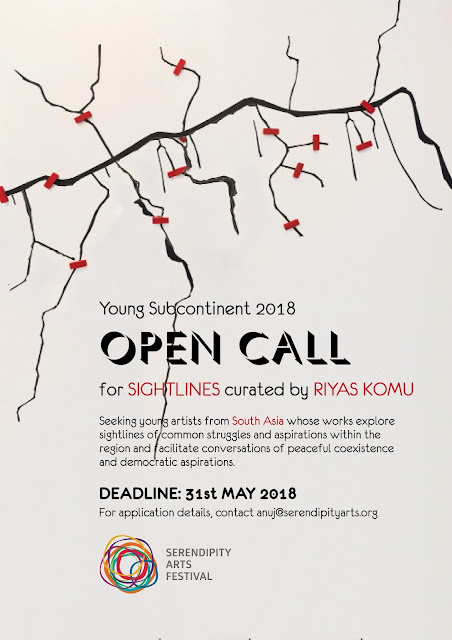Goethe discussed both the meaning of the morphotype and the
philosophy of art with Schiller, and the type became associated with aesthetic conceptions of
style and the ideal in art.19 As Goethe put it, a person accustomed to strictly logical
thinking might find it hard to accept that an 'exact sensory imagination' might
exist, but art was unthinkable without it.20 Goethe discussed its implications for art in an essay on style of 1789, where he
wrote that style was the highest level of artistic expression: 'Style is based on the profoundest knowledge,
on the essence of things insofar as we can recognize it in visible and tangible
forms.'21 In fact, just as deep insight into form in nature revealed the typical—that is, the ideal in the actual—so art
at the level of style was also a visible representation of the typical or ideal.22
Sunday, May 20, 2018
Thursday, May 17, 2018
Tuesday, May 08, 2018
To believe in oneself
"Persist and verify…The power that we abdicate to others out of our insecurity — to others who insult us with their faux-intuition or their authoritarian smugness — that comes back to hurt us so deeply… But the power we wrest from our own certitude — that saves us."
Rosanne Cash / excerpted from Brainpickings
Rosanne Cash / excerpted from Brainpickings
Saturday, May 05, 2018
Orientation
The concept of "orientation" allows us then to rethink the phenomenality of space-that is, how space is dependent on bodily inhabitance. And yet, for me, learning left from right, east from west, and forward from back does not necessarily mean I know where I am going. I can be lost even when I know how to turn, this way or that way. Kant describes the conditions of possibility for orientation, rather than how we become orientated in given situations. In Being and Time, Martin Heidegger takes up Kant's example of walking blindfolded into a dark room. For Heidegger, orientation is not about differentiating between the sides of the body, which allow us to know which way to turn, but about the familiarity of the world: "I necessarily orient myself both in and from my being already alongside a world which is 'familiar'" (1973: 144). Familiarity is what is, as it were, given, and which in being given "gives" the body the capacity to be orientated in this way or in that. The question of orientation becomes, then, a question not only about how we "find our way" but how we come to "feel at home."
Ahmed Sara, in Queer Phenomenology: Orientations, Objects, Others, Duke University Press, London. 2006. pg. 6-7
Wednesday, May 02, 2018
Subscribe to:
Posts (Atom)



